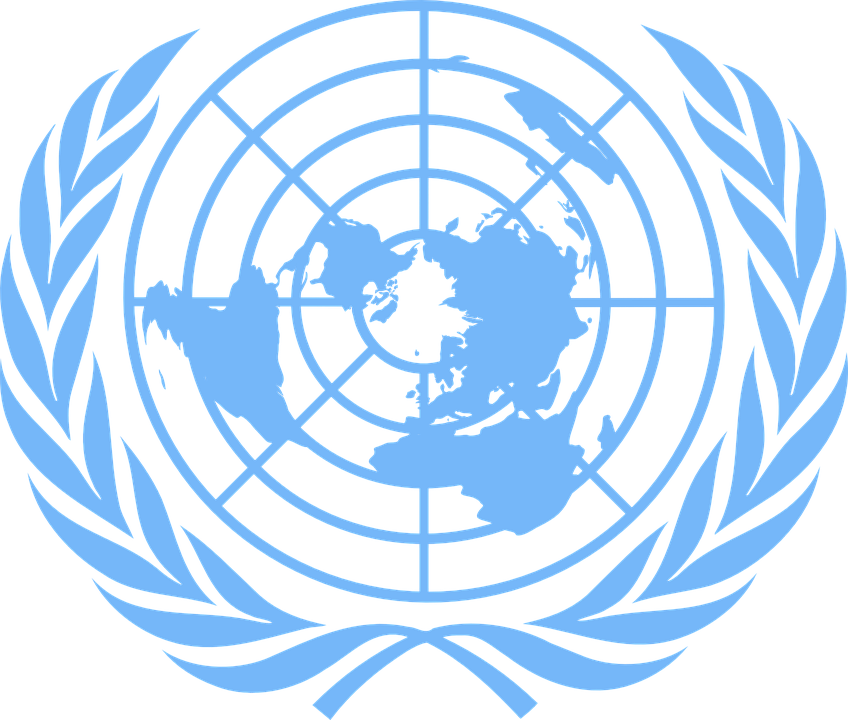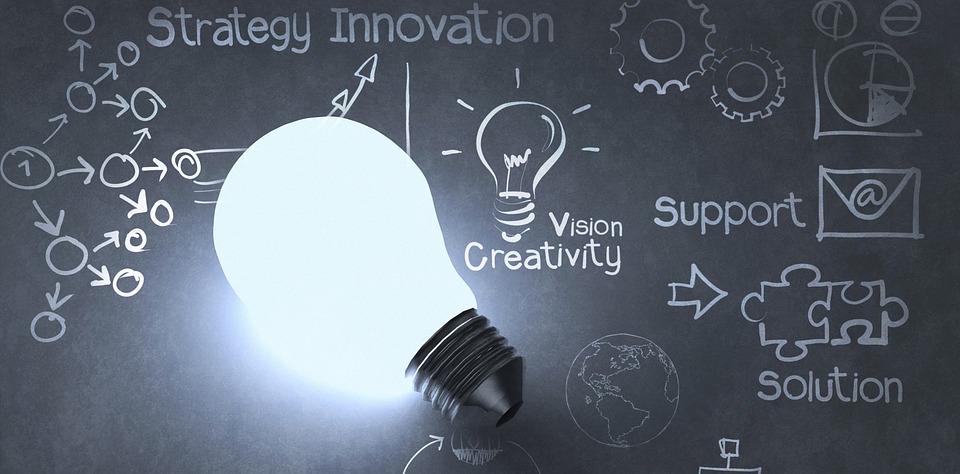Improve Your IQ, Subscribe to Suvipra’s Newsletter
Suvipra’s Newsletter
Sustainable Development Goals, popularly referred to as the SDGs, are a set of targets – ranging from achieving gender equality and clean energy to innovation and economic growth – adopted by the United Nations in 2015, with the year 2030 set as time for their realization. One can easily say that humankind has been striving to achieve these goals ever since we recognized the importance of a civilized and well-structured, inclusive society. Feminism, socialism and environmentalism are some of the movements that have for long targeted some of the elements of SDGs. Indeed, a few achievements in this regard are clear evidence that the society at large has grasped the need. From the wide popularity of ‘me too’ to most countries across the world being ruled under the principles of democracy and universal franchise, we know that the SDGs were long a part of our consciousness. In 2015, this idea developed into a concrete action plan. Let’s discuss in brief what SDGs are and why we need to realize them.
17 goals combine to become SDGs and the responsibility is upon all countries to do their part. In the very beginning, let us also understand that non-realization of any or all the goals as mentioned in the SDG resolution of the United Nations does not bring any penalty for participating countries and their respective governments. In fact, measuring improvements is a complex task and much relies on the figures given by governments of different countries. That apart, SDGs cannot be termed as mere symbolic. That almost all countries have adopted them unanimously and they have become a part of our conversation at both micro and macro level is in itself a positive thing. But what really are SDGs? We shall count these one by one.
‘No poverty’, the first goal, is broad and can be understood as access to basic necessities – food, clothing and shelter – for all humans. Employment opportunities and state benefits for elderly and other vulnerable sections should also be a part of the first goal. ‘Zero hunger’ is the second goal and it can be said that it is narrower than the first one but improvement on this goal can be tracked by using various methodologies. ‘Good health and well-being for people’ is the third goal and is very much dependent on the second and other goals down the list. ‘Quality education’, the fourth goal can be understood as developing scientific temperament among students so that new ideas and innovations can lead the 21st century growth. ‘Gender equality’ is another broad goal and must include not just equal right to vote and work prospects for males and females but also equal pay for equal work and equal representation in government. ‘Clean water and sanitation’ makes the sixth goal and is one of the most important, given the dropping water table across the world and millions of people still lacking basic sanitation facilities.
‘Affordable and clean energy’ can be seen as a goal to produce energy from renewable sources including wind and solar, and providing this generated energy to all at affordable prices. The eighth is ‘Decent work and economic growth’, again a broad topic which entails non-hazardous working conditions for workers and achieving economic development for sustaining all, rich as well as poor. ‘Industry, innovation and infrastructure’ goal is particularly focused on global industry that is craving for minimal barriers to trade, new products and services and better connectivity through roads, rails and ports for better commerce. ‘Reducing inequalities’ is the tenth goal that is interconnected with others and must include within it not just reducing social inequality between classes but also inequality between races, faiths and castes within any particular country.
‘Sustainable cities and communities’ is the eleventh goal and it targets meaningful urbanization by not crowding cities to a level that inhabitants compete for basic needs such as drinking water and clean air. Goal Twelve is ‘responsible consumption and production’, a much-needed concept in order to safeguard our resources against indiscriminate exploitation by producers of goods and services. This way we can save for our future generations and check degradation of natural resources including soil, forests and mineral reserves. ‘Climate action’ is the thirteenth goal and is again an overlapping one. From protecting the ozone layer to reducing our dependence on fossil fuels, thereby curbing CO2, this goal includes it all. The fourteenth and fifteenth goals – ‘Life below water’ and ‘Life on land’ – talk of conserving our seas and oceans and marine life as well as our forests and terrestrial ecosystem. The ills of human trafficking, violence and abuse of children are to be fought against as directed by the sixteenth goal ‘Peace, justice and strong institutions’. The last and the most important of all is ‘Participation for the goals’. This is important since all the remaining sixteen goals depend on how well countries hold each other’s’ hands for a concerted action on all counts.
The 17 SDGs as listed above take into account virtually all the issues facing countries in the 21st century. While on one hand they talk of conserving the environment, on the other they also talk of economic development in a sense that it is inclusive and non-discriminatory. Countries have explicitly adopted them as the ‘2030 Agenda’ and we can hope of at least some improvement on all counts. While it is true that 2030 may not be the year when the world will be free of all problems facing the humankind, these sustainable development goals will surely be a motivating force that are set to shape policy decisions of governments across the globe.
Also read from this blogger: Modi’s New Pull to Check Brain Drain
Suvipra aggregates essential blogs in one place for enhancing general awareness and intellect of the readers. Read to Succeed.
Reach a wider audience for free!
To get your blog published on Suvipra.com, click Submit Your Blog
Increase the number of clicks to your own website for free!
To submit the link to the blog on your website, click Submit your Blog Link









